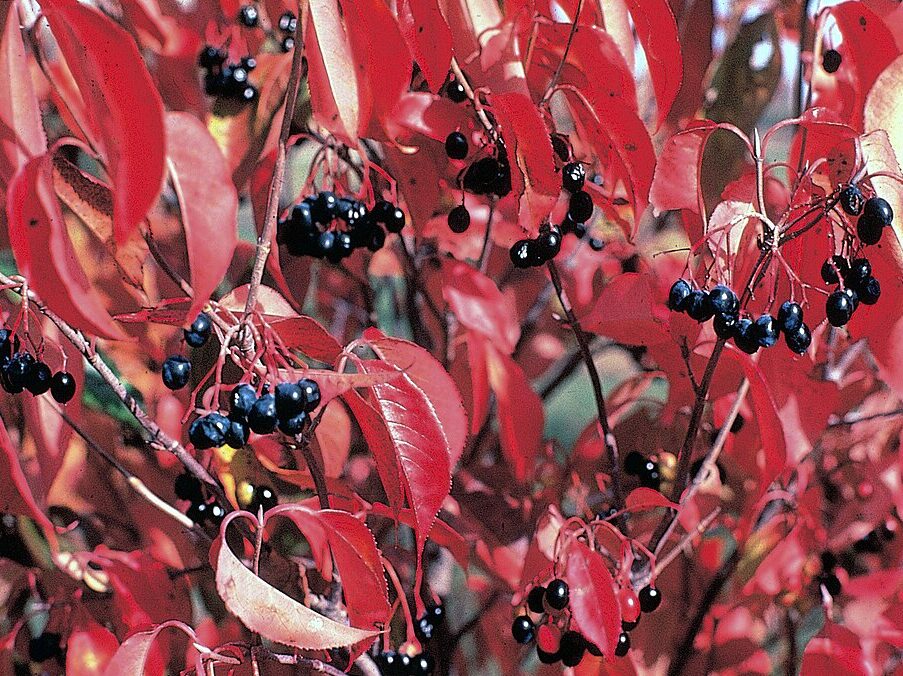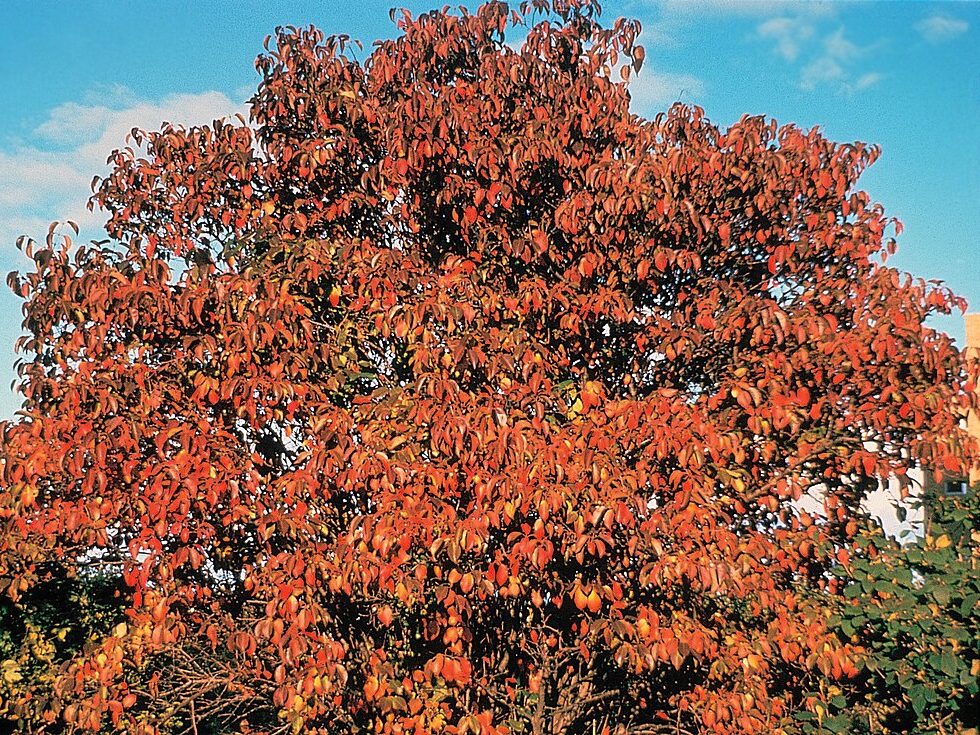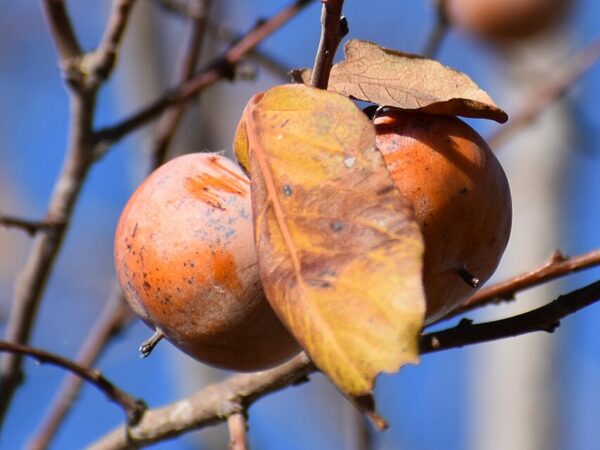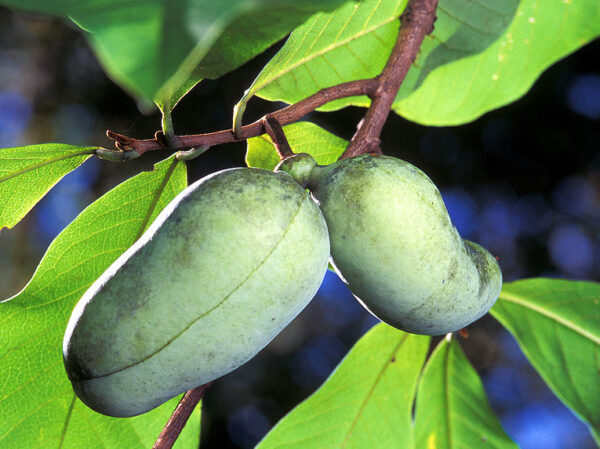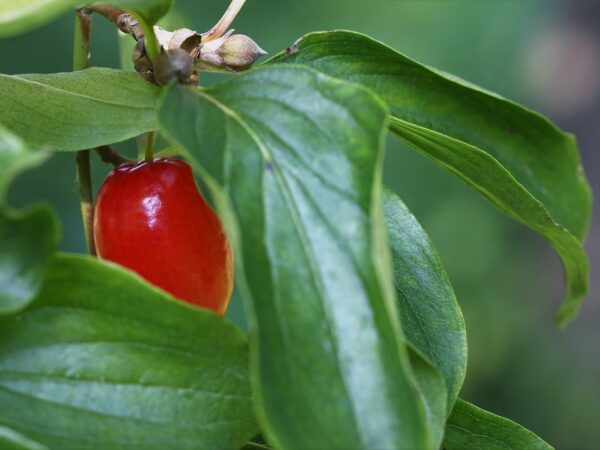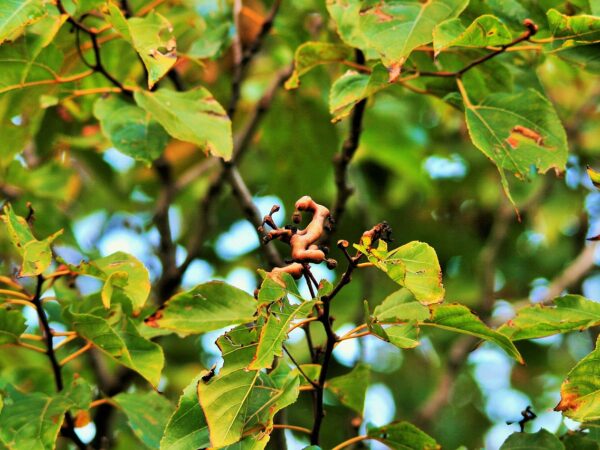Your cart is currently empty!
Additional Info
Nature’s Candy: All About the Vibrant Nanny Berry
Edible Canadian Shrubberies:
Complicated Seed Dormancy and Germination: A Primer
Studies:
Genus Viburnum: Therapeutic Potentialities and Agro-Food-Pharma Applications
Description
Figs, raisins, bananas, dates, prunes – those are the most common flavours Nannyberry are compared to. Personally, I find that exciting because 1) we can’t grow bananas, 2) with flavours that vary so widely, it’s clear terroir has a lot to do with the flavour and I can’t wait to see how this shrub interprets the flavour of our terroir, and 3) it’s a bit like those every flavour beans from Harry Potter – minus the ear wax.
The technical bits –
Viburnum lentago is a tough, cold-hardy deciduous shrub or small tree native to eastern North America. It produces clusters of edible blue-black berries in autumn that can be eaten raw, or cooked into jams, syrups, or wine. If you don’t like the flavour, it’s probably not ripe enough. In spring, it bears creamy-white flowers that attract pollinators, and its glossy green foliage turns shades of burgundy and red in autumn.
Nannyberry grows 4-6 metres tall and 2-4 metres wide. It is adaptable to a wide range of soil types, including clay and seasonally wet ground, and will tolerate part shade, though fruiting is best in full sun. It’s well-suited to hedgerows, shelterbelts, and food forests, and is hardy down to -40°C once established.
Cross-pollination significantly improves fruit set and consistency. For good results when growing from seed, plant at least three to five seedlings to ensure genetic diversity for best fruit set.
Germination and Cold Stratification:
Seeds exhibit double dormancy and require a two-stage process to germinate: a warm, moist phase at 20-25°C for 180 days, followed by a cold, moist period at 1-5°C for another 3 months. Germination is often slow and may take a full year or longer, so patience is essential.
